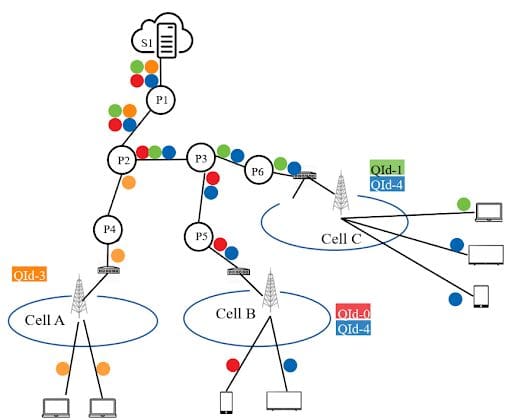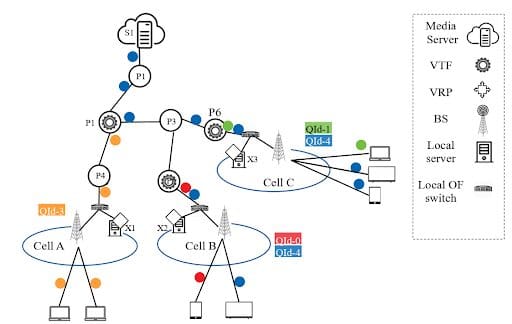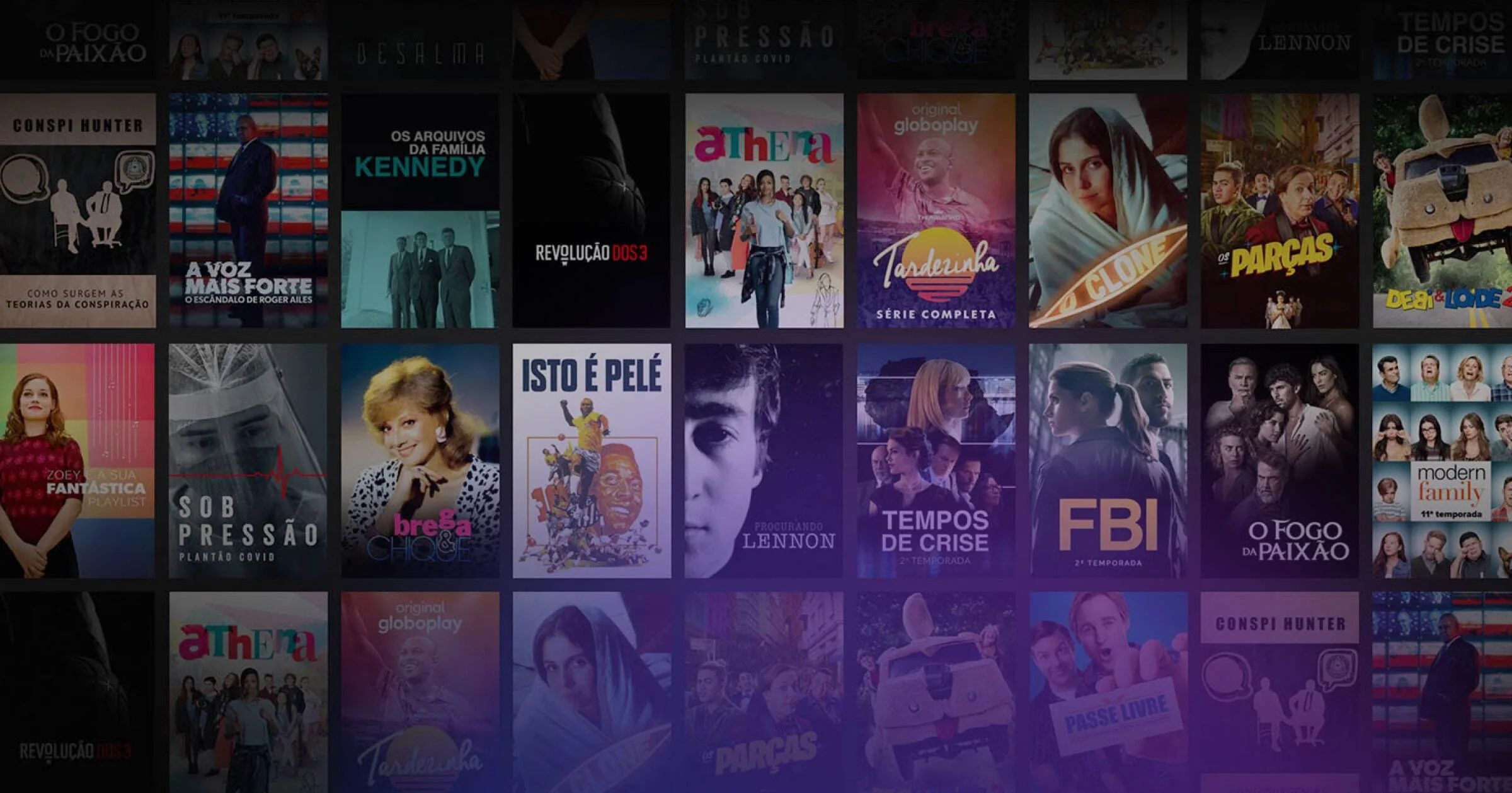
Live video streaming is a specific type of streaming that a video is broadcasted in real-time. The actual source of the video can be pre-recorded or simultaneously recorded. Live streaming is suitable for live venues, conferences, and gaming. In recent years the demands for watching live venues such as news, concerts, and sports have increased, with an additional boost in demand due to the COVID-19 pandemic. Moreover, new applications like E-learning, online gaming, worship, e-commerce, and social networks like Facebook and Instagram further increase the demand for live streaming support. On the client side, a large number of devices and applications with different capabilities like display resolution have emerged, resulting in an increasing demand for video streaming with various characteristics such as higher resolution, high perceptual visual quality, and frame rate. To satisfy clients’ needs, it is crucial to offer multiple customized services, such as different quality levels/resolutions of the various video representations.
How to Improve Quality of Live Video Streams
Separate representation transfers
The first and naive solution is to transfer each requested representation separately. Considering the fact that the number of representations is limited and a high number of users can watch a live video, we should transfer a quality level from the origin server to corresponding clients many times. This approach can generate redundant traffic and waste a significant amount of limited network bandwidth, resulting in the degradation of other users/services quality.
Transferring representation with multicast trees
The alternative solution is employing multicast. To employ this methodology, a service provider needs to create a multicast “tree” from the origin server to function as the “root” for each desired quality level to a corresponding client. The origin server sends a single copy of each requested representation to clients through the multicast tree. The video packets are automatically duplicated in the network elements, such as routers, switches, and cellular network base stations, whenever the multicast tree is branched. Fig.1 below shows a simple scenario where a video is delivered in different qualities to seven unique clients connected through different base stations. Each delivered quality level is depicted using a different color, is independent, and should be delivered separately. As depicted below, the duplicated quality levels are sent once along a common path. For example, see the QId-4(blue) between “S1” to “P3”.

The multicasting approach results in a considerable reduction in bandwidth utilization, especially in the internet’s core where the origin server is located. However, this approach still faces several challenges. First, each router has to maintain the state of a multicast group, which requires complicated operations in routers. Second, IP multicast routers do not have a global view of the network status and can hardly determine optimal multicast trees to ensure end-to-end quality of service (QoS) requirements. Finally, the multicast topology for video streaming is usually dynamic, i.e., clients can join and leave on the fly. However, current IP networks are not able to re-configure routing paths dynamically and adaptively.
Introducing the OSCAR approach
To alleviate the current issues of classic multicasting mentioned above, the Christian Doppler Laboratory ATHENA at Alpen-Adria-Universität Klagenfurt proposes OSCAR (On Optimizing Resource Utilization in Live Video Streaming) as a new live video streaming approach. OSCAR employs two types of Virtual Network Functions (VNFs):
- A set of virtual reverse proxy servers (VRPs) that are applied at the edge of the network to aggregate the clients’ requests and send them to a Software-Defined Networking (SDN) controller.
- A set of virtual transcoder functions (VTFs) to serve clients’ requested quality levels by transcoding them from the highest quality level.
After gathering requests from VRPs, the controller executes an optimization model to determine a multicast tree from the origin server to an appropriate subset of VTFs. As illustrated in Fig.2, using VTF(s) enables bandwidth usage reduction by sending only the highest requested quality level (here QId-4) from the origin server to VTF(s) over a multicast tree. Since VTFs are responsible for satisfying VRPs’ requests, they produce the lower quality levels from the highest quality level and then transmit them to the VRPs in a multicast fashion. For example, as depicted in Fig. 2, QId-4 is delivered from S1 to a VTF on P6 and then transcoded to the client’s requested quality levels in P6.

The OSCAR approach can be summarized into three overarching steps:
- In the first step, VRPs gather clients’ requests such as join, leave, and change the quality and then update the SDN controller accordingly.
- The SDN controller runs an optimization model to determine a multicast tree from the origin server to VRPs that pass through the VTFs.
- The VTFs produce the VRPs’ requested quality levels by transcoding from the highest quality level.
- The last step comprises applying outputs of the SDN controller to the network (e.g., setting up datapaths), running the VTFs, and then transmitting data from the origin server to the requesting VRPs.
The new OSCAR approach ensures that more viewers can view higher quality content at lower overall bandwidth expenditure (measured at the server level) at significantly faster speeds by only delivering the specified quality representations.
Conclusion
Throughout our testing of the OSCAR approach and its algorithms, we found that using VTFs resulted in substantial savings in network bandwidth usage due to transcoding to other requested quality levels. We evaluated the performance of the OSCAR approach by comparing bandwidth usage and network path selection effort of the open-source Tears of Steel video sequence using a “superfast” encoding preset with AVC codec. In the end, our most recent OSCAR test showed a 65% and 75% reduction in bandwidth usage and path selection overhead in comparison with state-of-the-art approaches, respectively.
To view the full research, study, and analysis, download our paper on the official IEEE website published within the IEEE Transactions on Network and Service Management.
Citation: A. Erfanian, F. Tashtarian, A. Zabrovskiy, C. Timmerer, and H. Hellwagner, “OSCAR: On Optimizing Resource Utilization in Live Video Streaming,” in IEEE Transactions on Network and Service Management, vol. 18, no. 1, pp. 552-569, March 2021, DOI: 10.1109/TNSM.2021.3051950.
Learn more about the ATHENA Christian Doppler (CD) Laboratory here.
Acknowledgment: The financial support of the Austrian Federal Ministry for Digital and Economic Affairs, the National Foundation for Research, Technology and Development, and the Christian Doppler Research Association, is gratefully acknowledged.
About the Authors:
This project is a collaboration between the ATHENA Lab, the Klagenfurt Alpen-Adria University, and Bitmovin
- Christian Timmerer is an Associate Professor the Alpen-Adria University, Klagenfurt, lead researcher at ATHENA, and CIO & Head of Research at Bitmovin
- Hermann Hellwagner is a full professor at the Alpen-Adria University, Klagenfurt and lead researcher at ATHENA
- Alireza Erfanian is a researcher and Ph.D. student from the Christian Doppler Laboratory ATHENA, Alpen-Adria-Universität, Klagenfurt
- Farzad Tashtarian is a post-doctoral researcher for ATHENA
- Anatoliy Zabrovskiy is a researcher and lecturer at the Alpen-Adria University, Klagenfurt
Video technology guides and articles
- Back to Basics: Guide to the HTML5 Video Tag
- What is a VoD Platform? A comprehensive guide to Video on Demand (VOD)
- Video Technology [2022]: Top 5 video technology trends
- HEVC vs VP9: Modern codecs comparison
- What is the AV1 Codec?
- Video Compression: Encoding Definition and Adaptive Bitrate
- What is adaptive bitrate streaming
- MP4 vs MKV: Battle of the Video Formats
- AVOD vs SVOD; the “fall” of SVOD and Rise of AVOD & TVOD (Video Tech Trends)
- MPEG-DASH (Dynamic Adaptive Streaming over HTTP)
- Container Formats: The 4 most common container formats and why they matter to you.
- Quality of Experience (QoE) in Video Technology [2022 Guide]



